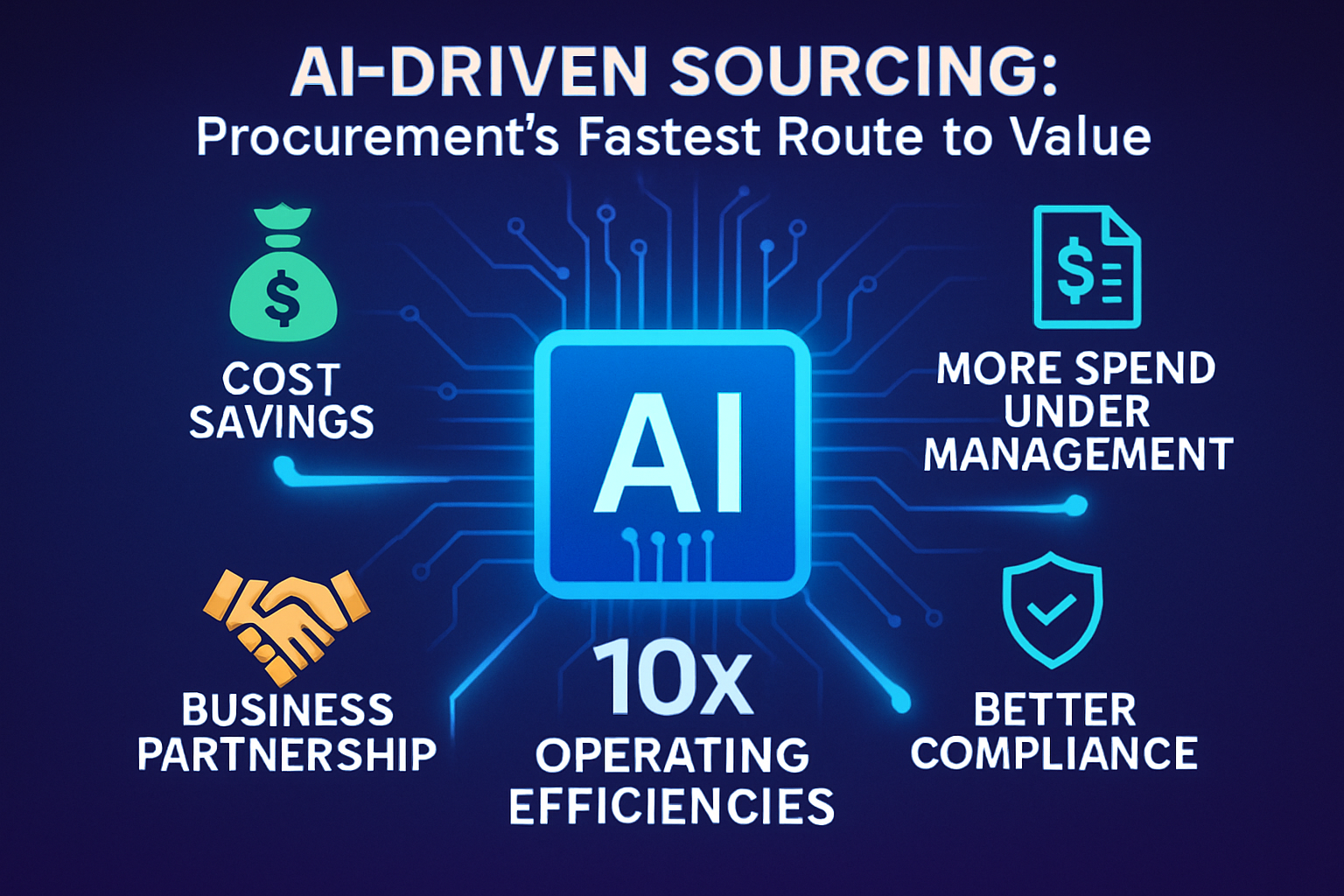Four Ways Digitalization Can Solve Procurement’s Biggest Challenges

We live in uncertain times, and procurement leaders understand that they need to modernize their processes to make the function more strategic and valuable in the digital age. But in many cases, they are constrained by both internal and external factors. Below are four of the major challenges procurement currently faces and how digitalization can help companies solve them.
1. Building a resilient operating model
New technology connects internal business stakeholders, partners, and suppliers remotely, making real-time collaboration seamless and enabling companies to pivot quickly and react to the fluid, volatile geopolitical situations we have experienced over the past two years.
AI-powered sourcing builds vital agility and resilience into supply chains and value chains. Enterprises no longer have to rely on suppliers in a single location or even a single country, minimizing operational and geopolitical risks. Although businesses were traditionally limited to a specific number of suppliers and service providers, often in the countries in which they did business, technology has now made buying services and goods from everywhere a real proposition.
2. Solving the talent crisis
Leaders across all functions, including procurement, face the challenge of retaining their top talent while trying to attract the best fresh blood. They must organize their teams in new ways to ensure the most productive employees – those with the right emotional intelligence and relationship-building skills – can focus on the highest value work while simultaneously tapping into the marketplace of service suppliers for new sources of innovation and talent.
Innovative digital technology allows companies to scale quickly and take advantage of fast-changing markets without having to recruit large numbers of new employees. At the same time, cutting-edge platforms and solutions can also help attract the cream of today’s workforce, who expects a seamless, consumer-like experience in their professional as well as their personal life.
3. Eliminating bias
A major problem with many procurement processes is that a company’s business stakeholder simply uses the same incumbent supplier or supplier they “know” and have bought services from for years. But do parents invest in their children’s college education without evaluating multiple choices? Would consumers buy a new car or a new home without researching consumer feedback or comparing the price with alternatives?
If a business stakeholder just chooses a given supplier whom they know personally, not only are they creating bias in the value chain, but they are missing out on generating value through an inclusive, transparent process. Conversely, when companies create a competitive market among suppliers, it not only generates cost savings but also leads to new ideas and innovative solutions.
AI-powered technology enables this fair, transparent, and competitive market by selecting supplier characteristics to include during the scoping process. With real-time matching, companies can instantly identify qualified, diverse suppliers, invite them to submit proposals, and then easily compare and assess their options side by side.
4. Leading the ESG agenda
ESG is one of the most pressing considerations for global business, offering procurement an unprecedented opportunity to demonstrate the value it brings to an organization. Previously, many CPOs believed they could not be game changers, but procurement leaders now have the tools to become the key drivers of overall company performance, helping create a better world with greater environmental sustainability, more inclusive economies, increased transparency, and better corporate governance.
By digitalizing and democratizing the sourcing process, companies can help create more inclusive economies in the 100-plus countries in which most global enterprises operate today by matching business needs with highly vetted, inclusive options from a network of their own and other qualified suppliers.
Procurement can overcome each of these different challenges through the adoption of innovative AI-powered technology, but forward-thinking leaders must act now to enable this transformation before the moment passes.



